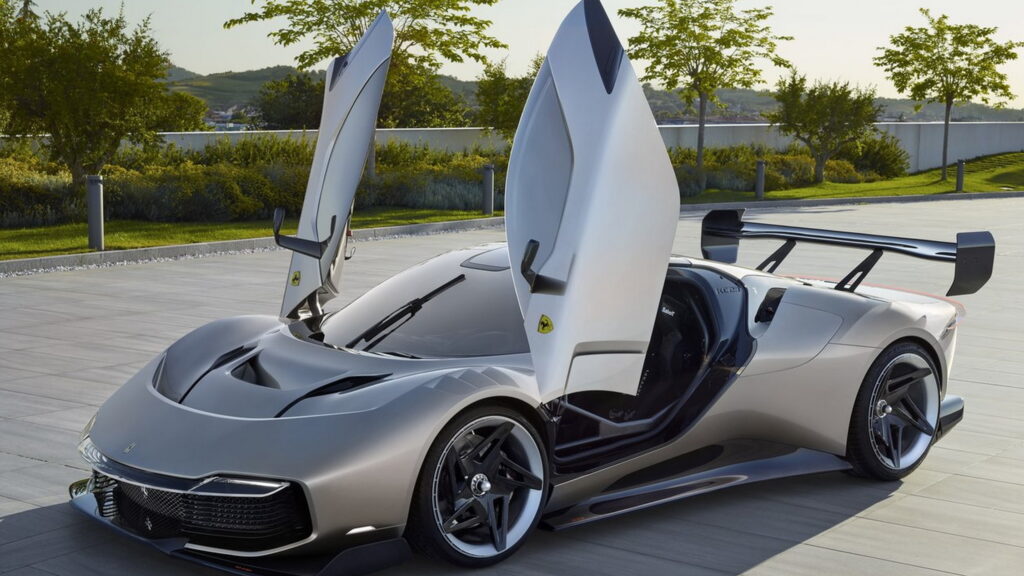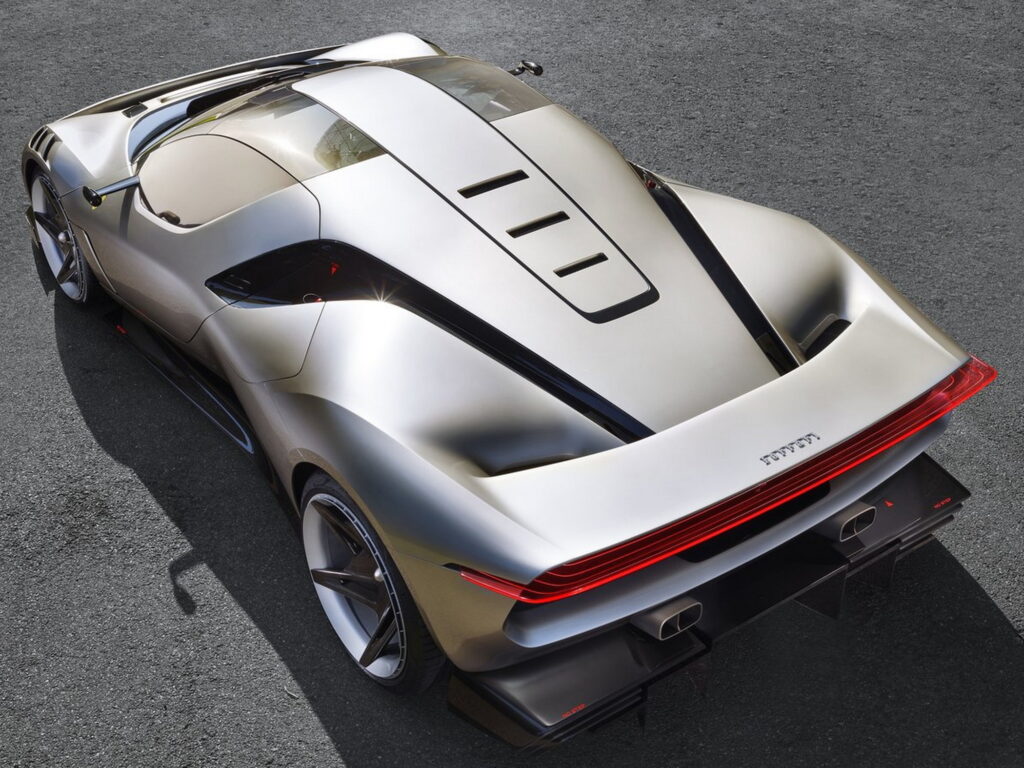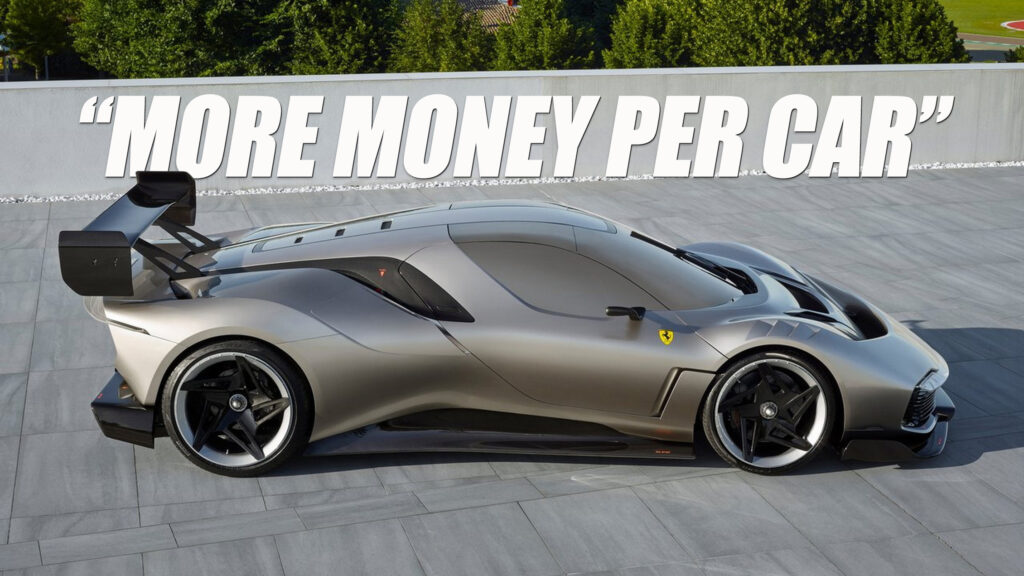- Ferrari says its new production facility could allow it to build 20,000 cars a year.
- It says that instead, it’ll simply use that efficiency to make more money per car it sells.
- The automaker remains committed to gas, electric, and hybrid powertrains.
Ferrari just opened a new 457,466-square-foot production facility in Maranello. In theory, the Italian automaker could now produce approximately 20,000 cars a year compared to the less than 14,000 it shipped in 2023. Instead of building more cars though, Ferrari says it’ll use this facility to expedite development and to make more money per car.
The facility will house several stations, including axle building, electric motor assembly, and battery production. The key goal of the building though is to help Ferrari keep up with the shifting sands in the automotive market. Shortening development time means getting to market while a trend is still hot.
More: Ferrari’s New E-Building In Maranello Opens Its Doors
“This building will allow us to shorten time to market or product development time,” says CEO Benedetto Vigna to Reuters. “So, more money per car basically. We want to grow the company but not because we increase volumes… We want to have more tools, technology tools… more flexibility to accommodate the need of more personalisation of our clients,” He continued.
It’s no secret that customization in super high-end production is a booming business. All of Ferrari’s rivals are involved in similar business plans and it’s already dabbled in it. The car pictured in our lead image is just one such example called the KC23, a one-off creation bought for an undisclosed price by a loyal Ferrari customer.

Having a plant that can bring such models to the market quicker could prove to be exactly how Ferrari will earn more money per car. Investment researcher Jefferies told Forbes “The production of limited-edition models will be more easily accommodated within the broader manufacturing site, helping to speed up new model developments.”
This facility should also enable more flexibility in powertrain development and production. “The plant reflects the principle of technological neutrality”, Ferrari said in a statement. Vigna backed that idea up. “We believe there is no single solution to future automotive powertrains. Our strategy is to continue to invest in all three,” he said. That’s likely music to the ears of enthusiasts.





